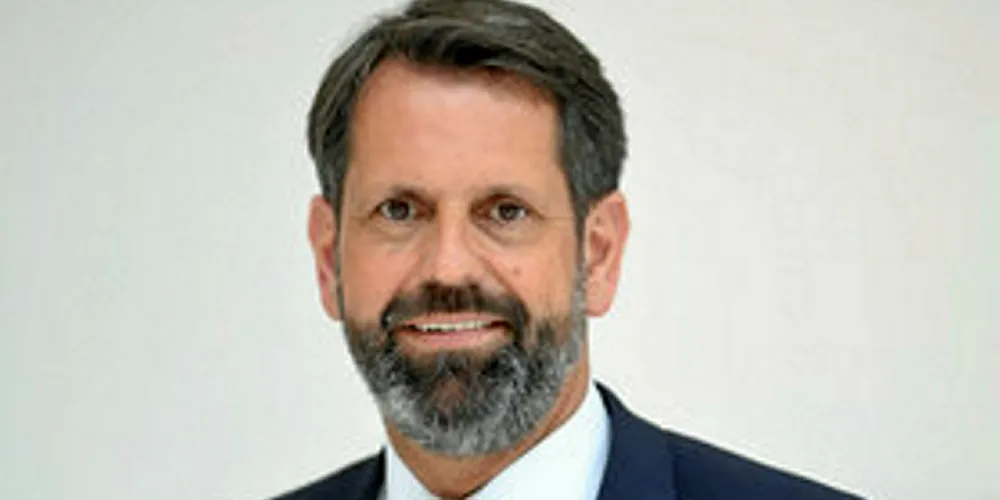German states eye hydrogen use in deal with Berlin for 20GW offshore wind
The higher 2030 target for wind at sea should go hand in hand with a build-up of a green hydrogen industry, state energy minister says

The higher 2030 target for wind at sea should go hand in hand with a build-up of a green hydrogen industry, state energy minister says
